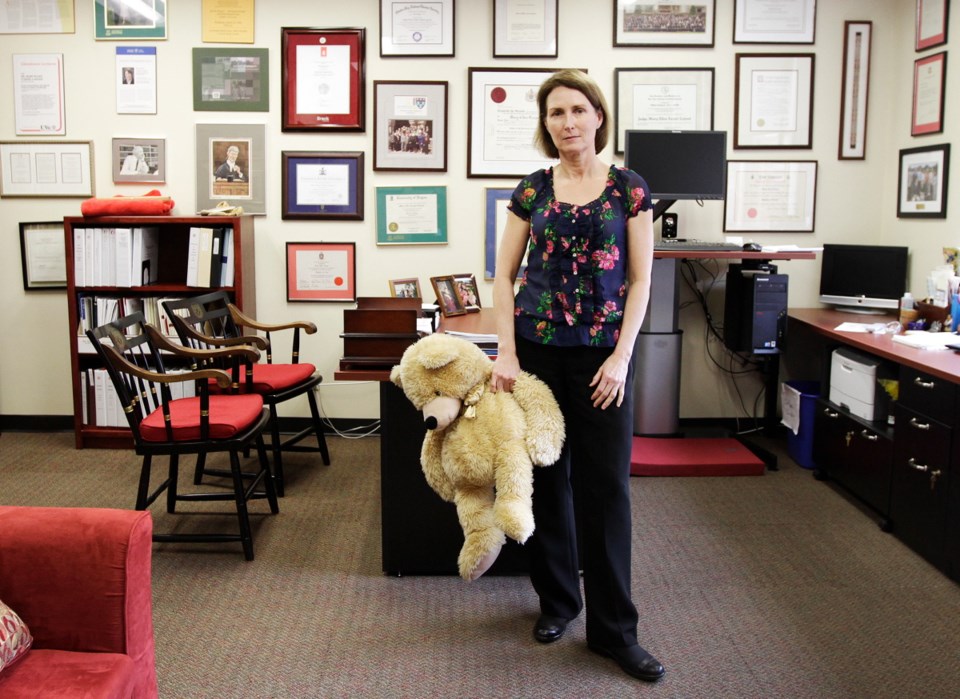British Columbia’s top children’s advocate likes to imagine a government that would install a digital counter displaying the number of kids awaiting adoption.
Mary Ellen Turpel-Lafond, B.C.’s representative for children and youth, said she has suggested the counter to successive ministers of children and family development (she has worked with four).
“And every day you should look at it and [ask], as a government minister, why isn’t that number going down?” Turpel-Lafond said in an interview.
By her staff’s calculations over the past five years, about 1,600 kids are in government care at any given time awaiting adoption. But fewer than 20 per cent find homes.
Turpel-Lafond said she is starting a review of the adoption process in B.C., looking for answers to why adoption rates appear to have plateaued between 200 and 300 per year — even dropping slightly in recent years.
Government policy needs to be discussed, implemented and strengthened with a view to see that all children who don’t have homes — particularly those in government care — find stable, permanent homes, Turpel-Lafond said.
“I don’t think that discussion is as fulsome as it needs to be,” she said.
For example, support for adoptive parents — for things such as special counselling, tutoring or therapy — is not readily available.
Part of the reason people are scared off can be financial, particularly when foster parents are considering whether to adopt their kids. Support for foster parents is considerably more generous than for adoptive parents.
But this can create troublesome situations, such as a foster family with a number of siblings in their care agreeing to adopt only one, leaving the others as foster children.
“That is hugely psychologically harmful to children, to say, ‘We’ll adopt your little sister but not you two older boys,’ ” Turpel-Lafond said.
“You would be hard-pressed to find a psychologist, psychiatrist or anybody with experience of children who would endorse that.”
Turpel-Lafond said she would like to think of adoptive parents as partners. They should be encouraged to approach government and ask for help for a child. Instead, they must apply and justify any level of assistance or support.
“I want adoptive parents on the phone saying, ‘Things aren’t working and we need support.’
“We don’t want them to wait for a crisis,” she said, noting that issues like “Why is this child banging his head in the bedroom?” need to be addressed.
She also believes if government agencies responsible for children came forward as encouraging, helpful partners for adoptive families or those considering adoption, then the numbers of children in care, waiting for homes, would come down.
“We want to be able to talk to families about the needs of vulnerable kids without scaring them. You can cope, and a long-term family bond develops,” Turpel-Lafond said.
“This is not some underclass of children who have been so horribly disfigured that nobody would ever want them.”



